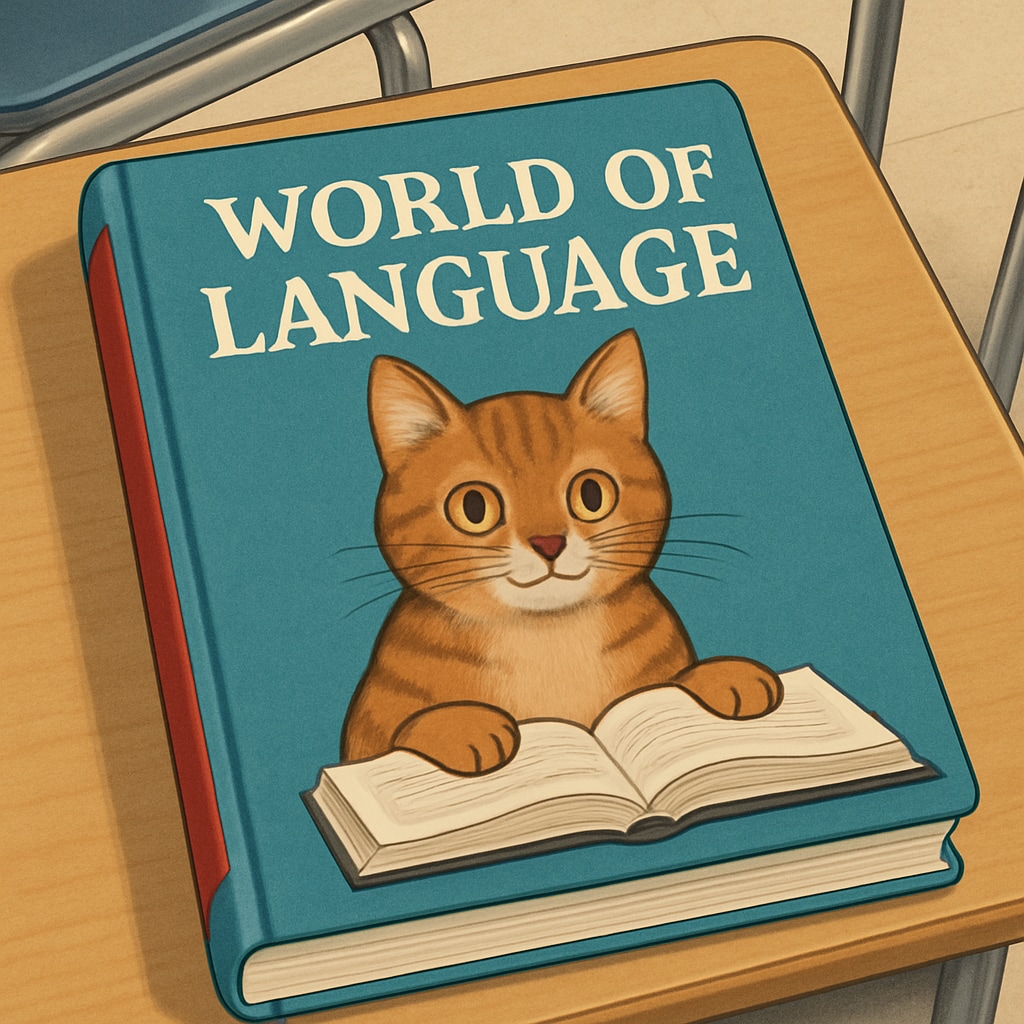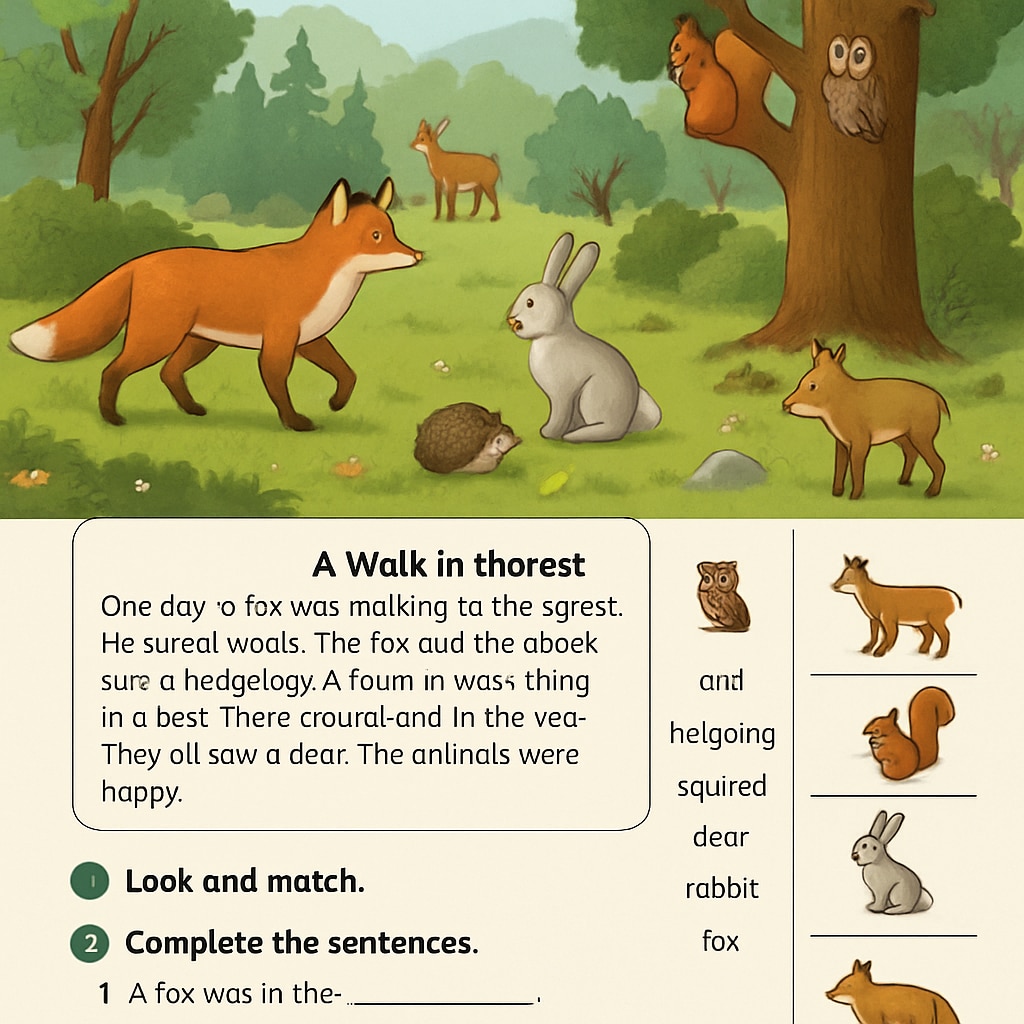The “World of Language” textbook, with its memorable cat-themed cover, holds a special place in the hearts of those who experienced elementary education during its era. Combining engaging visuals, intuitive lessons, and practical exercises, this textbook redefined how language teaching was approached in schools. Its innovative methods not only enhanced reading comprehension but also fostered natural communication skills. As we reflect on its impact, we uncover insights into balancing scientific reading techniques with nurturing spontaneous oral language abilities.

The Unique Teaching Approach of “World of Language”
Unlike traditional language textbooks that focused heavily on grammar drills and rote memorization, “World of Language” introduced an integrated approach to language learning. It emphasized the holistic development of linguistic skills by intertwining reading, writing, speaking, and listening exercises. For example, one chapter might start with a short story designed to pique children’s interest, followed by vocabulary-building activities and creative writing prompts.
This approach aligned with modern educational theories, such as the importance of contextual learning and multi-sensory engagement. The textbook’s colorful illustrations and relatable narratives made lessons accessible and enjoyable, catering to the diverse needs of young learners.

How “World of Language” Shaped a Generation
“World of Language” was more than just a teaching tool—it was a cultural artifact that reflected the values and priorities of its time. The textbook encouraged critical thinking and creativity, traits often overlooked in the rigid curriculums of earlier decades. As students progressed through its chapters, they not only learned language mechanics but also developed empathy and curiosity through its storytelling elements.
Furthermore, the textbook’s collaborative exercises—such as group discussions or peer-reviewed writing tasks—helped foster social and emotional learning. This balance between academic and interpersonal development remains a cornerstone of effective language education today.
For many, the textbook’s iconic cat cover served as a nostalgic reminder of childhood learning experiences. Its whimsical design symbolized the playful yet purposeful nature of its content, leaving a lasting impression on students and educators alike.
Lessons for Modern Language Education
Reflecting on “World of Language,” we can draw valuable lessons for contemporary language education. One key takeaway is the importance of striking a balance between structured instruction and organic learning experiences. Modern classrooms often lean heavily on standardized testing, risking the loss of creativity and spontaneity in language acquisition.
To address this, educators can incorporate interactive and narrative-driven materials, much like “World of Language” did. For example:
- Use storytelling to introduce complex linguistic concepts in a relatable way.
- Integrate group activities to encourage collaboration and communication skills.
- Prioritize diverse learning modalities, such as visual aids and hands-on exercises.
By embracing these strategies, today’s educators can honor the legacy of “World of Language” while adapting its principles to the needs of a new generation.
Readability guidance: The article uses short paragraphs for clarity and incorporates lists to summarize key points. Active voice is prioritized, and transitions like “for example” and “as a result” ensure smooth flow.


